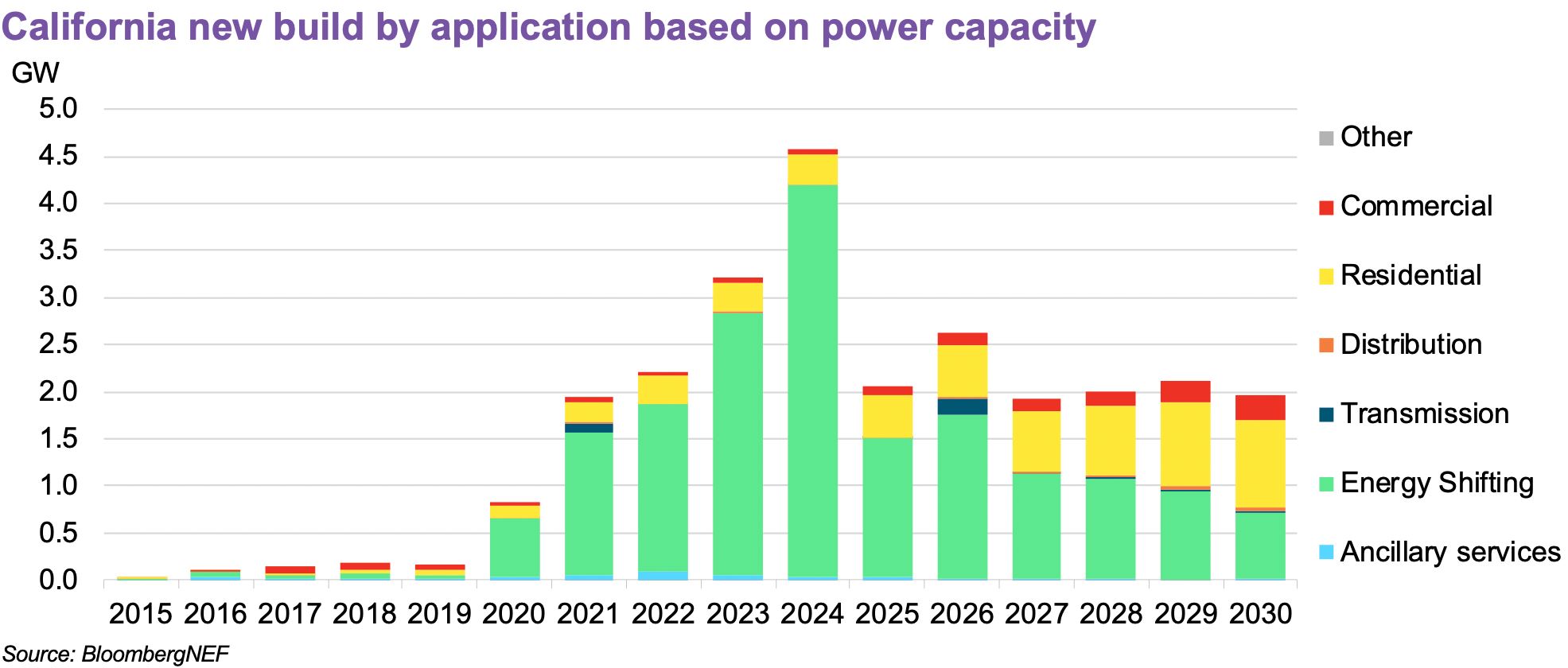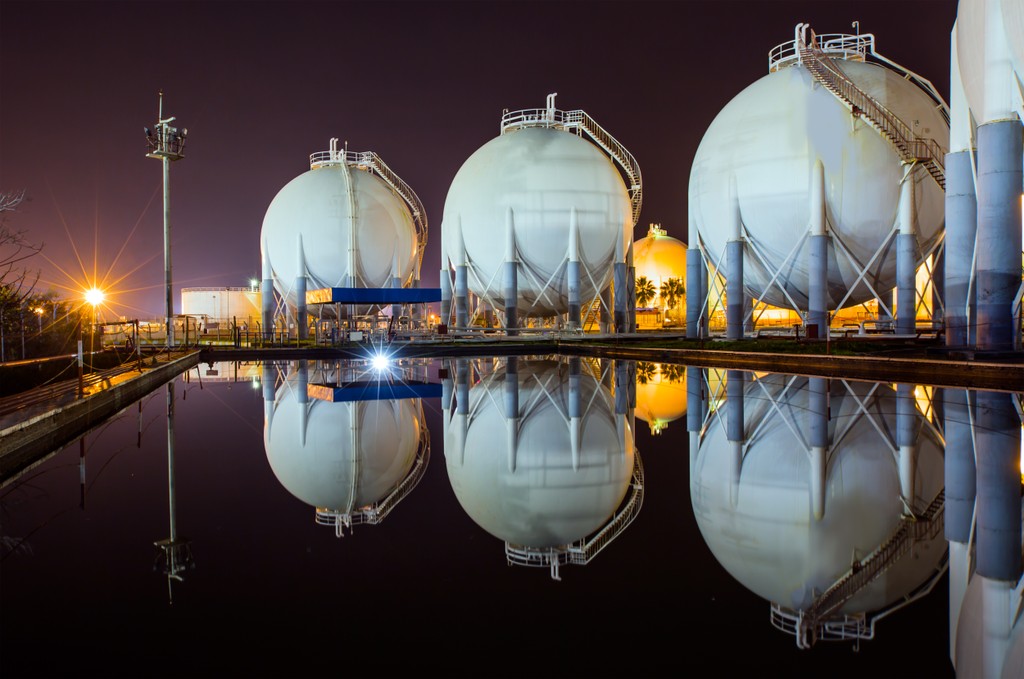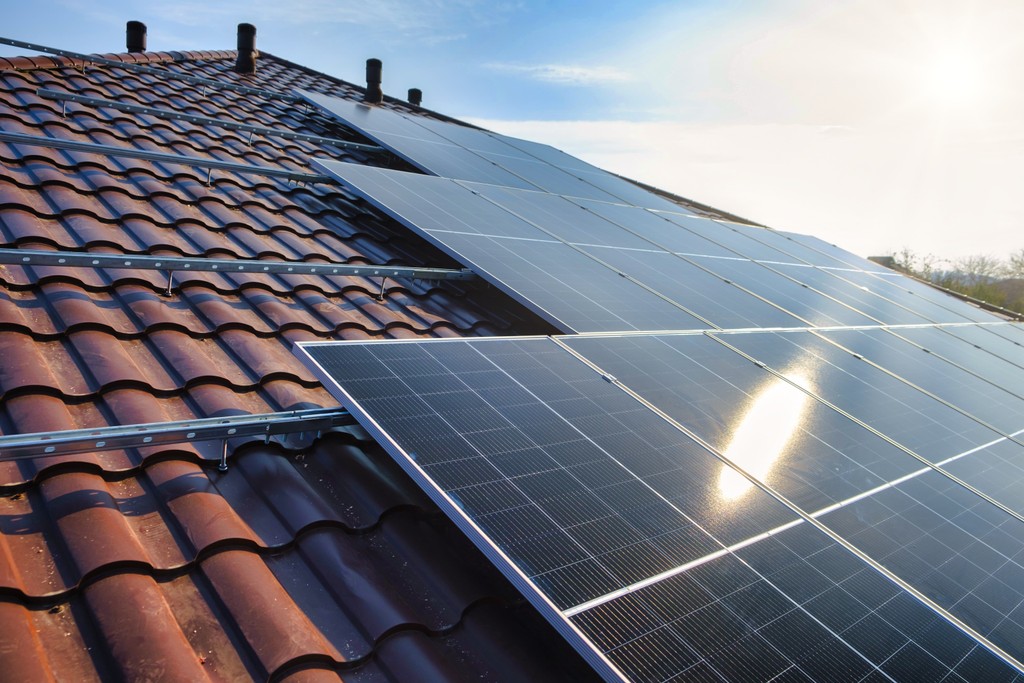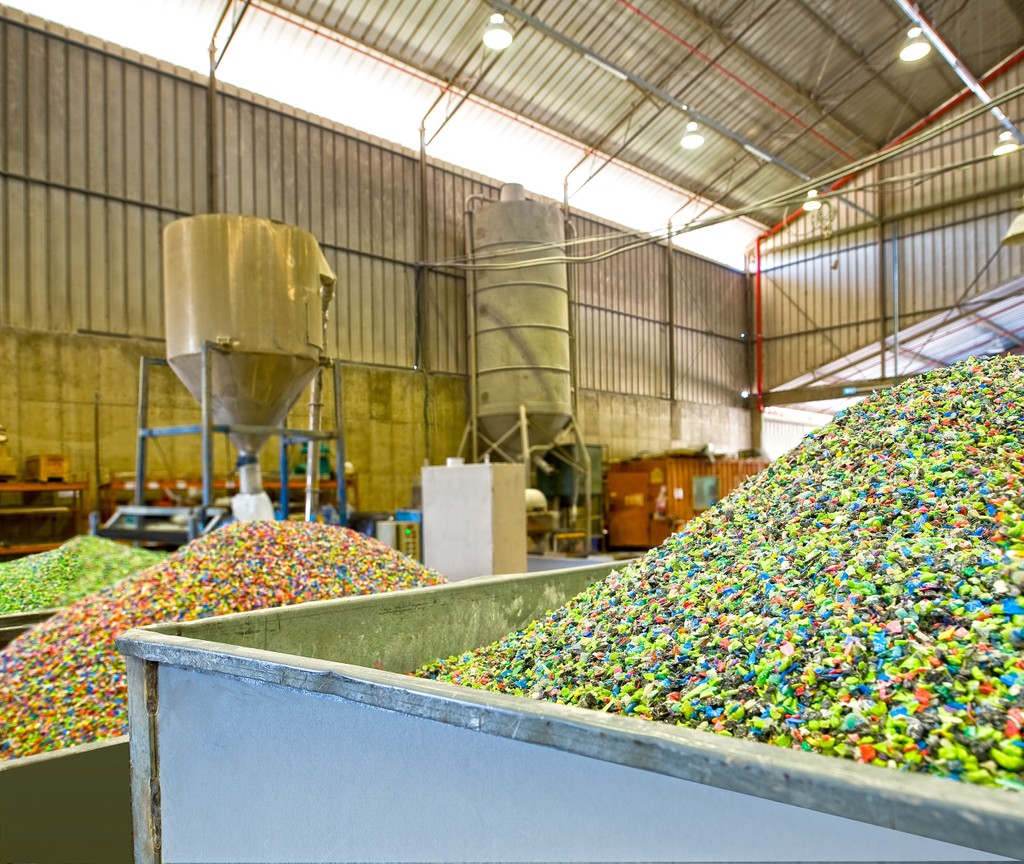Although developers are rushing to bring more battery projects online – and demand remains strong – high battery pack prices, global shipping bottlenecks and other supply chain constraints are dampening near-term deployments, said panelists at the BloombergNEF Summit in New York in April. Energy storage providers, developers and utilities alike must navigate rising system costs and contract price uncertainty in the near term.
Energy storage provider, Trina Storage, hopes to solve these constraints by pursuing system integration and battery cell manufacturing business. Jae Choi from Trina Storage highlighted that the energy storage industry faced supply-chain constraints even before surging high commodity prices. Top battery manufacturers tend to prioritize EV customers over energy storage system customers because both individual orders and total EV market size are much larger than stationary storage orders and market size. As the smaller market, the stationary storage industry “has to fight for crumbs,” said Jae. Trina Storage hopes to scale up its battery manufacturing capacity to 25 gigawatt-hours by 2023.

As commodity prices continue to rise, developers have faced frequent battery supply contract renegotiations, making the business of building energy storage much riskier than in previous years. Vistra needed to restructure its 350MW/1400MWh Moss Landing Phase III project with PG&E due to battery supply uncertainty. High uncertainty will likely put a damper on project pipelines in the near term. BloombergNEF expects U.S. deployments may reach 5.4GW/11.7GWh in 2022 – 29% lower from the previous forecast.

California utilities look toward energy storage to meet reliability needs
As California continues to decarbonize its grid, capacity shortfalls remain a challenge for the state. Batteries are a reliable resource that will be key to decarbonizing California’s grid in the near term.
In June 2021, the California Public Utilities Commission (CPUC) issued its Mid-Term Reliability Procurement Decision, which required energy retailers in the state to procure 11.5 gigawatts of capacity between 2023 and 2026. “More than 90% of that is storage,” said Shinjini Menon from Southern California Edison (SCE).
Other resources cannot meet the state’s reliability requirements: thermal plants emit carbon and renewables are too intermittent. Utilities will use batteries to fulfill most of their reliability needs in the near-term. BloombergNEF estimates that California will add roughly 12.4GW/48.2GWh of utility-scale batteries between 2022 and 2026.

To ensure batteries come online as quickly as possible, independent power producers, like Vistra, are utilizing existing transmission lines at old thermal plant sites to build batteries. The company has re-purposed its oil and gas plant site to build the 400MW/1600MWh Moss Landing Energy Storage Phase I and Phase II project. The site has enough room to build as much as 1,500MW of energy storage capacity. Vistra has signed for an additional 350MW/1400MWh Moss Landing Phase III project for PG&E in the past year. Curt Morgan from Vistra said that “the goal is to retire the old oil and gas plant and displace it with as much batteries as possible.”
High contract prices
With high demand and high costs, panelists highlighted concerns that utilities will need to sign higher contract prices, with ratepayers inevitably footing the bill. SCE will spend $1.2 billion for 523MW of batteries to come online in the near term. Assuming these batteries have a 20-year long-term resource adequacy contract, contract prices reach $9.23 per kW-month, higher than historical average contract prices for resources in California. Shijini Menon from SCE acknowledged that “there is no denying the fact that costs are going to be high in the short run.” Utilities are trying to square rising battery costs with their clean energy and climate goals. Shijini reminded the audience that utilities must “balance the price of doing this and the price of inaction. If we don’t do this society bears the price as well.”







